As the producers at Nut Hut Studios are still experimenting with editing tools, we discovered that some clips from Greybird were zoomed in during the stabilization process. This resulted in skiers being removed or clipped from portions of scenes that were accurately framed in original footage. Please forgive the oversight and enjoy this smoother version of the movie.
Author: Susan (Page 7 of 15)
New book by Jennifer Woodlief documents 1982 avalanche disaster at Alpine Meadows
Review by Rob McCormick
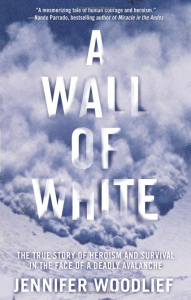 I like it when it snows. I like it when it snows really hard for days on end. I get depressed when the sun finally comes out after a long storm cycle. If you feel the same way you will love reading A Wall of White. This new book documents the mother of all storm cycles that ultimately led to the deadliest avalanche ever to occur at a North American ski resort.
I like it when it snows. I like it when it snows really hard for days on end. I get depressed when the sun finally comes out after a long storm cycle. If you feel the same way you will love reading A Wall of White. This new book documents the mother of all storm cycles that ultimately led to the deadliest avalanche ever to occur at a North American ski resort.
Nearly three decades after this historic slide, Jennifer Woodlief has written a detailed account of the event that occurred at the Alpine Meadows ski area on March 31, 1982. The book covers the history of the Alpine Meadows ski patrol and the dynamics of the slide and recovery. It also develops the cast involved with the tragedy including victims and rescuers.
In the early 1980s, snow safety at Alpine Meadows involved a scraggly bunch of ski patrollers and a variety of devices including hand charges, a 75mm recoilless rifle and a pack howitzer. Most patrollers were hard core, type t personalities that thrived on the inherent risk involved with snow safety. Most of the crew at one time or another had taken “rides” in smaller avalanches resulting from ski cutting potentially dangerous slopes to make them release. Storm days involved throwing upwards of 100 gelatin dynamite hand charges onto potential slide zones. Also used was a recoilless rifle which had a one hundred foot kill zone out the back end making it especially dangerous to operate. It was used to trigger larger unstable slopes from greater distances during brutal storm conditions. The rifle was retired in the early 90’s after it exploded and killed a forest service employee. Another device no longer in use was a military pack howitzer which rolled around on two wheels allowing for great mobility. Patrol would fire it from various locations around the parking lot. One time the howitzer was brought down to the intersection of highway 89 and River Ranch to release the unstable snow above the road. It’s operators misjudged the trajectory and fired a round over Mt. Watson and into Lake Tahoe.
A Wall of White goes to great length building characters that were affected by the avalanche. Several of the victims were ski vacationers staying at the condos near the base of the ski area. A few family members decided to walk through the blizzard to the Alpine base lodge via the parking lot at the perfectly wrong moment that the avalanche roared down from the mountain. Other casualties included Alpine Meadows employees that were stationed in the Summit Terminal Building which was obliterated by the avalanche.
Jake Smith was a very popular, free spirited ski patroller who was caught and buried by the slide while snowmobiling on the far end of the Alpine parking lot. After his death his brother spent three years lobbying to the US Board on Geographic Names to have a West Shore Lake Tahoe peak named after Jake. Many Tahoe skiers are familiar with Jake’s Peak which is a backcountry classic.
The most amazing survival story is that of Anna Conrad, who lived for five days trapped in an air pocket within the Summit Terminal Building. Her rescue was the first time a dog was used to locate an avalanche victim. Dogs are now commonplace with both Alpine and Squaw Valley ski patrols. The most tragic thing about the victims of this avalanche is that they were not typical risk takers that put themselves into dangerous situations to ski spectacular terrain. They were merely innocent bystanders that were caught extremely off guard by a massive climax avalanche that was on par with a hundred year storm type of event.
The book does a fantastic job at conveying the truly amazing amounts of snow that fell during a period of ten days. It is almost inconceivable that rescue operations had to halt for nearly four days after the avalanche because it continued to snow almost as much as it had to create the original avalanche conditions. When the storm finally subsided, a helicopter was used to drop explosives over the road below the Five Lakes area between Squaw Valley and Alpine Meadows. Some of the charges release slides that left crowns over twenty feet deep.
A Wall of White is a must read for Tahoe residents since the story it tells is a major part of North Lake Tahoe history and ski history in general. It is also a great read for skiers, adventure enthusiasts and anyone else who gets excited by copious amounts of snowfall and the potential hazards it brings to a community. Despite the grim side of the story there are many accounts of tremendous will to live and to save lives in the shadow of a killer avalanche.
My first year at Burning Man was 2002. I had no idea what to expect, except that I was supposed to bring all of my own food and water for a week – and that I was going to camp with Shane McConkey. I had recently moved to Truckee from Vermont where I went to classes during the day and watched Sick Sense over and over at night. Shane was a celluloid hero to me, not a real person whom I could possibly be meeting at Kmart in 20 minutes to get supplies.
We met in the parking lot and stocked up on batteries, Gatorade and Cheeze-Its. We landed in Black Rock City that night and after pitching our tents, the sun went down and we were off. I had a tiny, little girl’s bike and Shane was on his mountain bike, with a tall flag on the back. My main memory from that night was racing after that flag. Shane wasn’t waiting for me to catch up and I didn’t want to lose him and miss out on the tour. I managed to keep up. We crawled into a whale and cracked a Red Bull. We wandered into a large art piece that turned out to be someone’s RV and got rudely and comically kicked out by the owner. I crawled into a club behind Shane through a vagina-shaped hole. Shane had promised Sherry that he would be on his best behavior and so he took it easy, but he still managed to lead the way to all of the best art and parties.
The next fall I stopped by Shane’s Squaw Valley house, handed him some cash and walked out with a pair of Spatulas. They were 186cm – the only size they came in – and I was worried that they would be too big for me. Shane quickly disabused me of that notion. “They’re made for middle-aged weekend warriors,” he said.
I got them mounted and skied them almost every day. They were the sickest skis I’d ever had and the most annoying conversation piece. I considered making a sign, or lettering the back of my jacket to read: “Yes, they’re great in powder. No, they don’t ski that well on the groomers.” The questions never stopped coming from the first day I got on them until the last pow day I skied them last season. They weren’t the greatest hard-pack skis, but Shane had given me a tip that made them not all that bad. “Ski them like snowlerblades,” he told me. “The only part of the ski that is making contact with the snow is the short, fat part directly under foot, so carve with that, don’t try to use the whole ski.” I never cursed them on the groomers after that.
Shane became a friend. We went camping, and I went to his white elephant birthday parties. I got into the ski writing industry and interviewed him often for my stories. He was, by far, the best skier to interview, because he was more serious and articulate about the sport than any other pro. He was always questioning, experimenting and inventing, and he never let attitude or appearances get in the way of the progression of the sport.
Shane’s death last spring was a tragedy that continues to sadden us. While the initial shock has faded, the sense of loss is deepening.
I retired my Spatulas at the end of last season. After taking a year off, I decided to go to Burning Man again this year, along with the Spatulas. I took the bindings off and separated them. One was to be hung in the temple, an ornate sanctuary of sadness, loss and appreciation that is a cornerstone of Black Rock City. The other was to become a shot ski, with stainless steel shot glasses welded to it, for use at camp to celebrate Shane’s life and his spirit.
We took the skis out to Black Rock City and managed to use them as planned. On Wednesday, a group from our camp, including several very close friends of Shane, rode one Spatula out to the temple. We hung the ski, signed by Sherry, J.T. Holmes and other close friends, on the top floor of the temple, with two photos of Shane below it. Throughout the week, people added their own notes to the ski, along with bows, clippings and other memories. We rode back to camp and within the hour we were pouring shots and lining up takers for the shot ski. On Sunday the temple went up in flames along with the tokens of our love and loss. We all miss you Shane. As I wrote on the ski, I’m still following your flag.
The World Heli Challenge freeride and freeski event debuts August 21st to September 5th 2009 in Wanaka, New Zealand.
The World Heli Challenge consists of 3 days of helicopter-accessed competition, staged over a two-week period to allow for perfect weather conditions. Athletes vie for top honors in Extreme, Free Ride and Downhill events and the coveted overall World Heli Challenge Champion. The event is returning to the scene after many years off.
“The World Heli Challenge offers the athletes the best conditions of which to ultimately test their all round ability as a snow athlete. The unrivaled camaraderie among athletes, the two weeks of continuous adrenaline activities that the Wanaka region is renowned for and the incredible helicopter skills of Harvey Hutton and the Back Country Helicopter pilots make this event quite simply one of a kind,” explains event organizer Tony Harrington.
The are 50 spots available for athletes, divided into 18 male snowboarders, 18 male skiers, 7 female boarders and 7 female skiers.
Some of the named athletes to take part in the World Heli Challenge include:
Matthew Annetts, Jackson Hole: Overall title winner of the 2009 North Face Masters
Janina Kuzma: Ski winner of the Engadine Snow in St Moritz
Maria Kuzma: 3rd in the Engadine and 5th in the World Tour Finals in Verbier, Switzerland
Ralph Backstrom: 4th place overall North Face Masters World Tour
Rachel Sheidow: 2x Dicks Ditch J.H. winner and former 3rd Alyeska Extremes, Alaska
Chris Davenport: 2xWorld Champion and inaugural World Heli Challenge Champion
“The World Heli Challenge is my favorite competition on earth. No other ski or snowboard event combines freestyle, extreme and psycho downhill skills like the Heli Challenge,” says Davenport.
Kiwi sensation Jossie Wells had his first taste of international acclaim when he was a forerunner of this event at just 9 years old. This time he’s back as an athlete along with his protégé brother Byron – two of the hottest ski kids in the world making big waves. Confirmed athletes also include Australia’s Chris Booth, Andrea Berchtold, Charlie Timmins and Boen Ferguson and the list is growing daily.
For more info and photos contact Tony Harrington, info@worldhelichallenge.com.
Our latest video, from backcountry footage in late March. For best quality, let the video load fully before watching, click the HD button in the lower right and watch full screen!
We are devastated to learn that Shane McConkey was killed while ski BASE jumping in Italy. This article from ESPN gives some of the details. We are thinking of his wife and daughter, remembering his amazing achievements and his defining sense of humor and missing him deeply.
After years of anticipation it looks like the Legend may have finally completed his first ski film in over a decade. Check out the preview of Greg Stump’s latest film, Legend of Aahhhs.

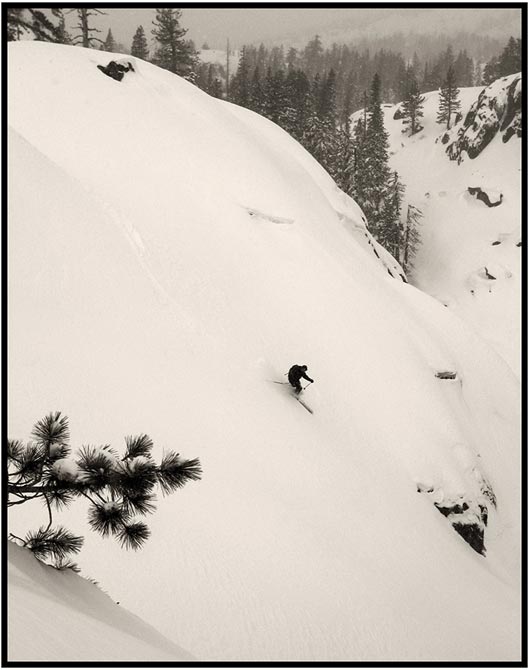
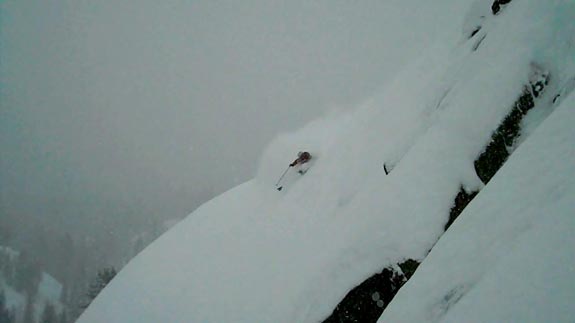
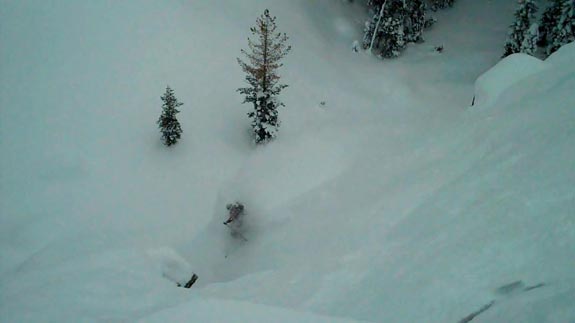

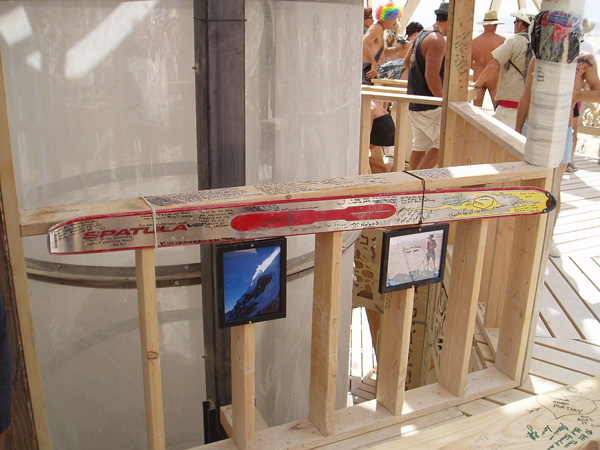
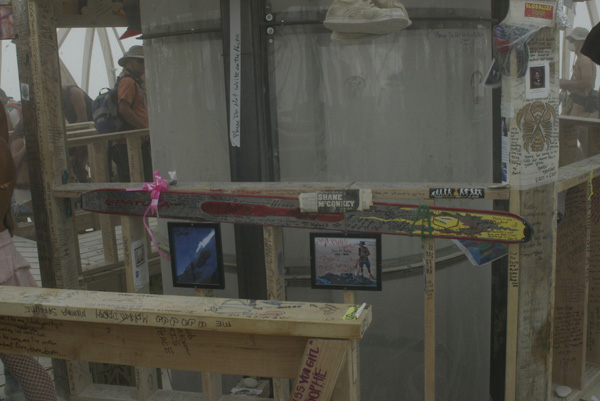
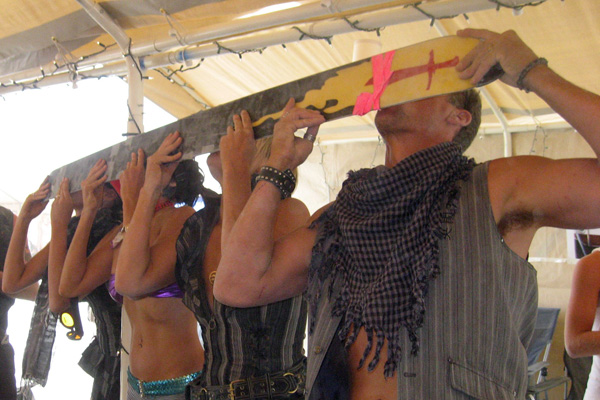

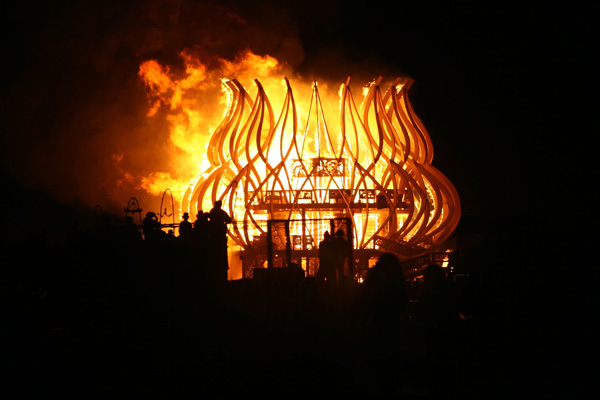
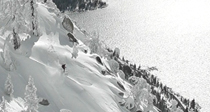
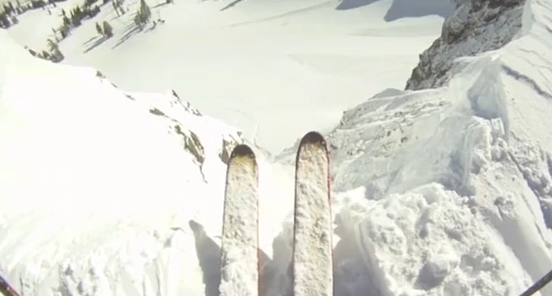


Recent Comments